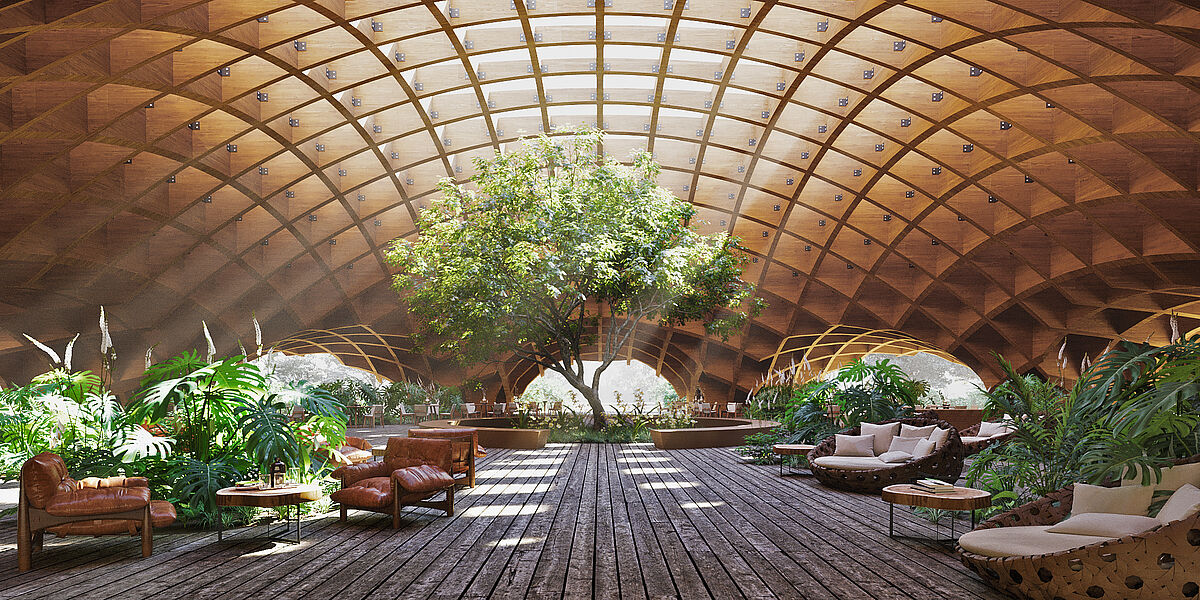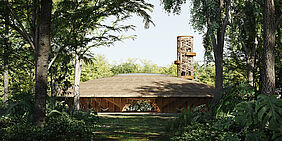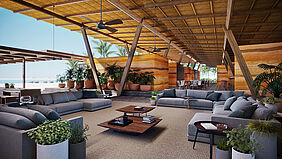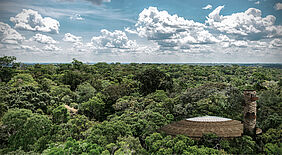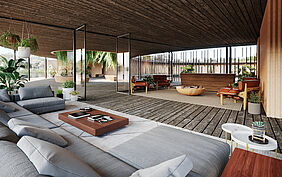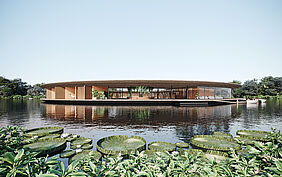Following the sustainable ideals in architecture, this master thesis chooses three different places within Brazil and researches their unique characteristics, investigates their cultural background, analyzes their vernacular architecture and identifies their local codes. The architecture student Luis Henrique Rocha de Araujo creates unique hosting experiences for each one of them and designs hotels that use only local and sustainable materials, connecting people, history and nature with local identity throughout contemporary designs.
Brazil has a tremendous potential for tourism in every corner of the country. The country has a big diversity in climate zones, temperatures, vegetation and topography creating an opportunity to attract tourists from all over the world for different purposes.
This design project focuses on creating three different eco-friendly hotels in three different locations, each of them following their own background and vernacular influences, but with one single concept: create as less environmental impact as possible through sustainable practices. This concept, allied to small scale projects, is the combination to achieve a sustainable hotel.
The design of the hotel in Atins focuses on the creation of a respectful architectural answer to the local history, scale and traditions. Pantanal – a hidden jewel in the middle of the country – reflects the great potential for eco-tourism the country has, but it is still unknown to the world. In the third project – the Amazon Forest Hotel – the forest is the hotel. Instead of having a hotel surrounded by nature, in this project nature is part of it.
The world is changing due to the COVID-19 pandemic and now might be the perfect time to change the way we design architecture. We could be more local than global. We could reduce the CO2 footprint doing smarter choices of materials and products in architecture that come from locations closer to the construction site. We could be more sustainable using technology in our favor and traveling less. It might be the perfect time to rethink the solutions we are proposing in the design phase and ask ourselves if there is a local answer for them.

